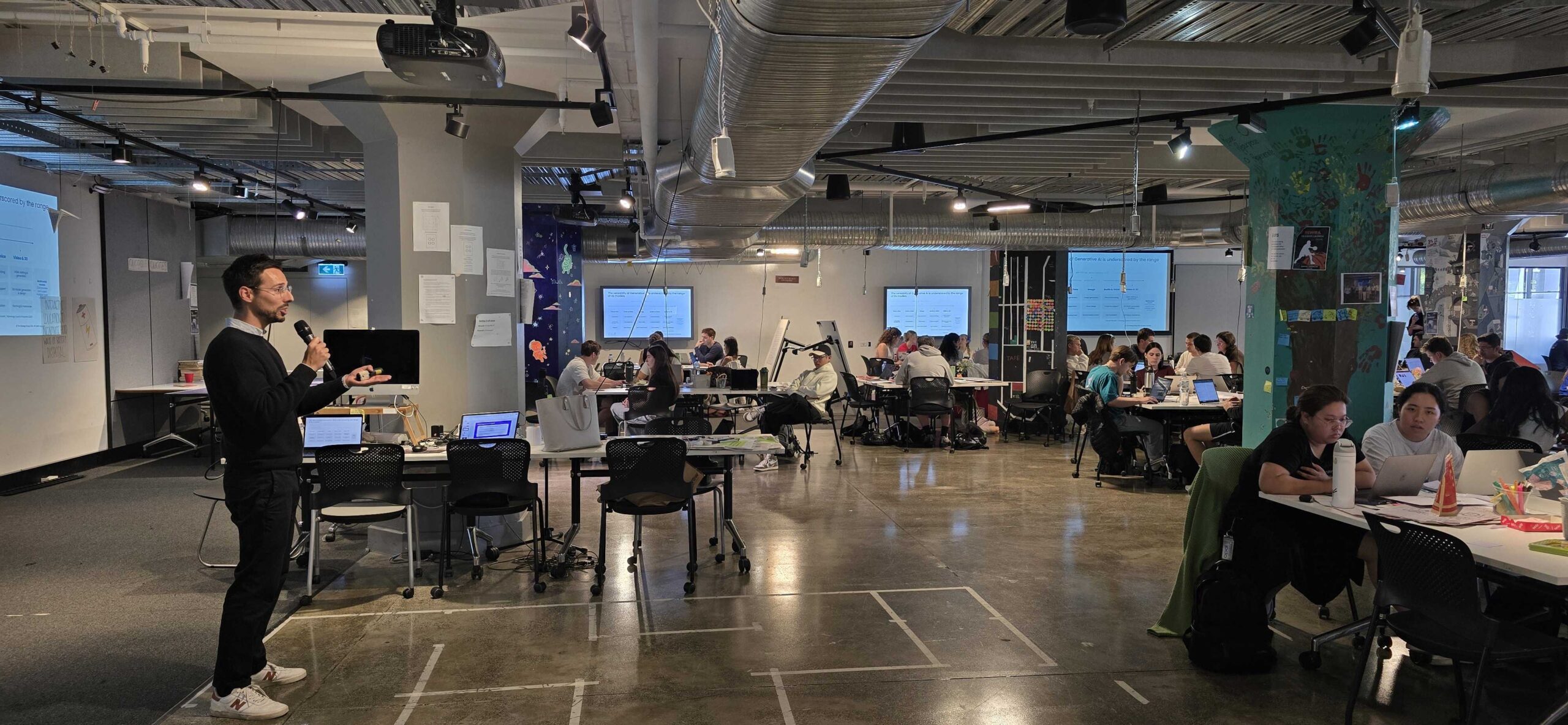By Jemma Parsons, Director at The Strategy Group
The future of commerce relies on a vast, global mushrooming of entrepreneurial skills and activities. We are living in an era characterised by an unprecedented pace of change, driven in large part by exponential technological evolution. In the words of futurist Ray Kurzweil, Google’s head of AI, “the next 100 years will deliver 20,000 years of human progress”.
The head-spinning change dynamics make the world less predictable than ever before. The US military coined the acronym “VUCA” to describe the nature of the current age – volatile, uncertain, complex and ambiguous.
Evidence of our VUCA world is all around – blindsiding leadership changes and rising political tensions; Brexit; deep market swings; the rise of tech unicorns with billion dollar or more valuations (that essentially own our digital behaviour in various categories); and the increasing potency of climate change-related events.
Collaboration and innovation key for future business structure
The unprecedented pace of change means organisations large and small require a new approach to problem solving and a different organisational archetype. One that relies less on the traditional command and control structures and silos, with predictable five-year strategies, and more on vision, collaboration and business model innovation that uses iterative test and learn approaches to idea validation.
These skill-sets are the natural domain of entrepreneurs, and they should be the natural home of our C-suites. The problem is they aren’t.
Unless you’re Amazon, Google, Facebook or Atlassian, corporate C-suites are largely the home of a very different skills-set – one that understands how to manage a known, existing business model but not necessarily conceive of and test a suite of new ones. A 2015 Havard Business Review article by Alexander Osterwalder (co-founder of Strategyzer.com) posits that The C-Suite Needs a Chief Entrepreneur. In it, he argues that CEOs need an executive level innovation partner responsible for driving the testing and adoption of radical ideas and reinvention. His vision could not be more apt.
Future executive teams will need a chief entrepreneur
The rise of the corporate innovation manager role has invigorated innovation as a relevant corporate function, however innovation managers are rarely decision-makers.
Often either hired with good intentions, this new breed of innovation managers are typically bright, driven and visionary. But they promptly find themselves unable to press the “go” button on any high impact ideas owing to a lack of real mandate or budget.
They are an island of “innovation” in an ocean of legacy conservatism, swathed in cascading delegations of authority and approvals, legal bureaucracy and generalised risk aversion.
Innovation managers are consequently a frustrated bunch. If the model doesn’t evolve, they’ll soon move to more promising pastures (many have already).
Future executive teams will need a permanent seat for the chief entrepreneur. (CE) The CE may ultimately displace the value of the CEO in the top job. The CEO becomes the 2IC, setting in place necessary governance and management structures once the new business models (identified by the CE) are tested, validated and scaled.
This may sound far-fetched but the value and centrality of human creativity (an innovation and entrepreneurship fundamental) in business will skyrocket over time in lockstep with the expanding role of AI and robotics in all organisations.
The leadership paradigm will shift to favour boldness of vision, creativity and the nerve to exist on the bleeding edge of “next practice” in any given field. The CEO skill-set, while exceptionally well suited to the ongoing execution of a known business model, is not the natural home of these traits.
Business models of today and tomorrow must be fundamentally adaptive in order to thrive
Ask any executive of a truly innovative firm to talk about their “secret sauce” and the response always includes a philosophical point about their relentless commitment to iterative business model innovation led by the rapidly changing customer. The pace of change in consumer expectations and technological advancement demands it.
This has transformative implications not only for the skill-sets in the C-suite, but in all layers of a corporation.
Organisations across the board will become dominated by digital natives, a high proportion of whom aspire to working in an entrepreneurial role. This in part explains the rise of millennial-driven tech start-ups run by Gen-Yers who want to work on their own terms and in a manner that leverages their native skill-set – iterative, fast to market, collaborative and digital.
This is a generation of coders, design thinkers, digital marketers and user experience designers who are riding the wave of the technological and customer centric transformation that many large corporations have missed.
Leading C-suites of today already recruit and leverage these skill-sets to their advantage to drive change in every business unit. And those who haven’t yet should consider what will happen to their business model if they don’t.
This article first appeared in The Australian Financial Review June 5 2017.












